Intense Pulsed Light sources (IPL) are used extensively in skin treatment. For safety, skin care professionals often need to regularly measure and calibrate their IPL machines.
Ophir has two sensors specially made to handle IPL energy measurement. These sensors make it much easier to keep the IPL systems in check, but how can you be sure that the sensors themselves are accurate?
Ophir takes special care to maximize accuracy of all its sensors. Here’s how we do it with each of our two IPL sensors:
L40(150)A-IPL for Gel Coupled IPL Sources
The L40(150)A sensor is designed to simulate an IPL that is coupled to the skin with gel, so this sensor can also be gel-coupled to the IPL source. The sensor employs a glass pyramid which captures almost all the widely diverging light. The thermal disc which actually measures the energy has a highly efficient coating, which absorbs over 96% of the light over a wide range of wavelengths and angles.
We did ray tracing analysis to determine the efficiency of the L40 sensor. Finally, we calibrated the sensor with a 1070 nm laser. Our final calibration factor takes all of this (absorption, efficiency, and calibration) into account.
This sensor is highly accurate thanks to the ability of its glass pyramid to capture nearly all the light. However, its 22×22 mm aperture is not large enough for all IPL sources. Larger size IPLs will need an alternative solution…
L50(300)A-IPL for Gel and Air Coupled Sources
This sensor has a much larger aperture, and is also equipped with a protective glass window to allow gel coupling to the IPL source. Alternatively, it can be measured as is, for IPLs that do not use gel coupling.
Because this is a traditional window, light diverging at more than 42° will be back-reflected, causing a higher angle dependence. Ray tracing analysis and calibration are performed in a similar manner as with the L40 sensor.
Experimental Verification
We verified these calculations by comparing the t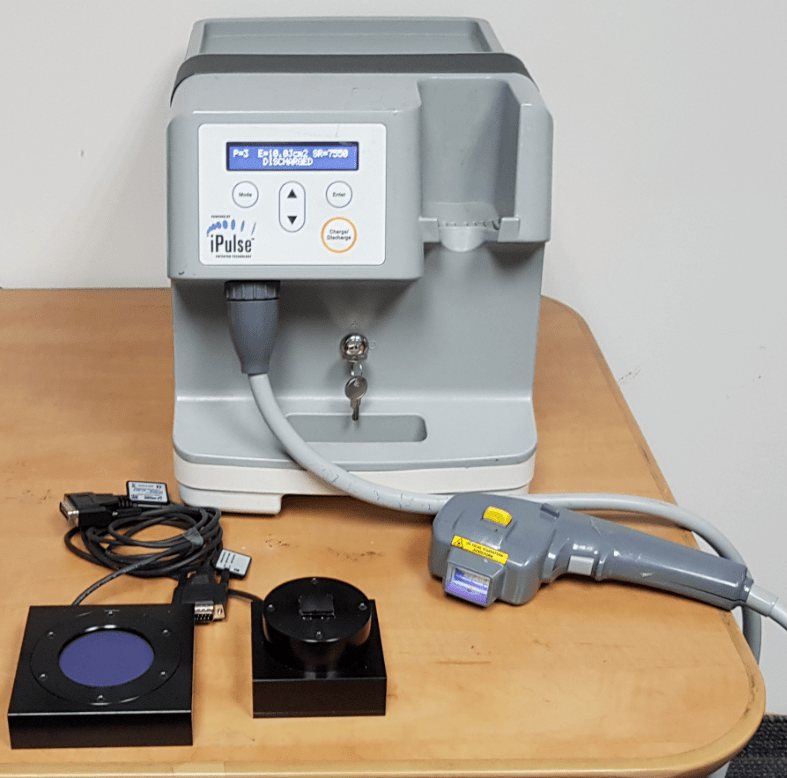 wo sensors with an actual IPL source.
wo sensors with an actual IPL source.
Each sensor was first calibrated exactly as described above, then used to measure the same IPL source.
The energy density (or radiant exposure) measured by each sensor had a difference of less than 1%.
Conclusion
Although measuring IPL sources is not trivial, we took these considerations into account to maximize the accuracy of our IPL sensors. This means that you can use both the L40 and L50 type IPL sensors to measure gel-coupled IPL sources reliably.
For details and specifications on all Ophir’s IPL sensors click here: https://www.ophiropt.com/laser–measurement/laser-power-energy-meters/products/Laser-Energy-Sensors/Energy-Sensors-for-IPL-Sources


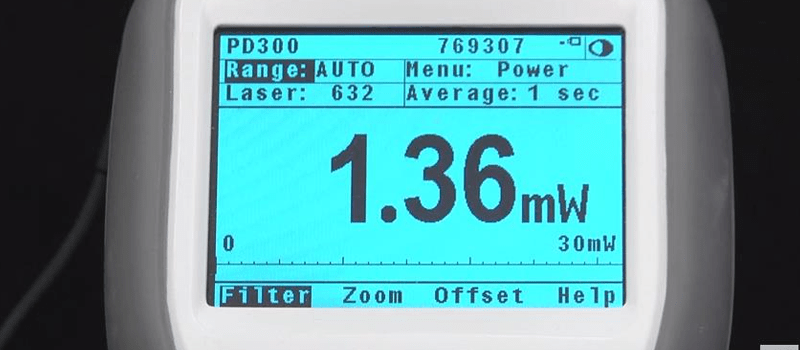

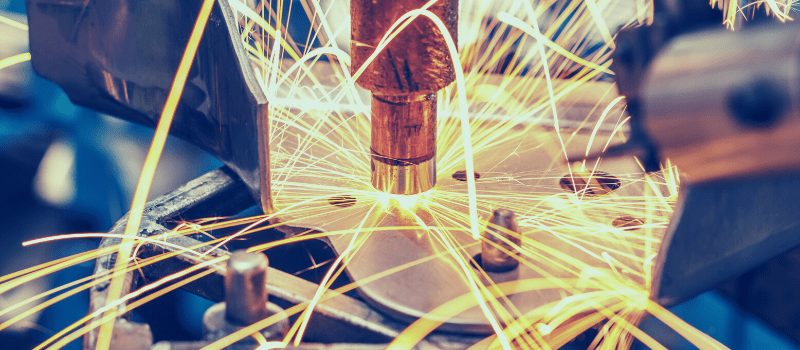
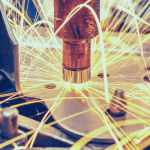
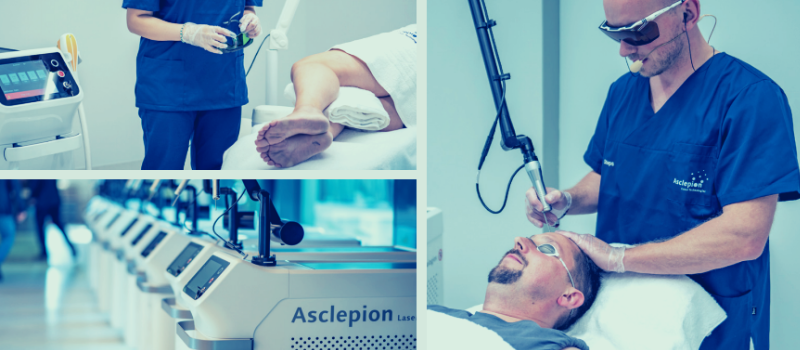
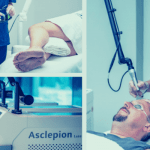

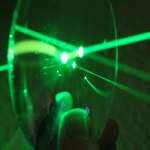
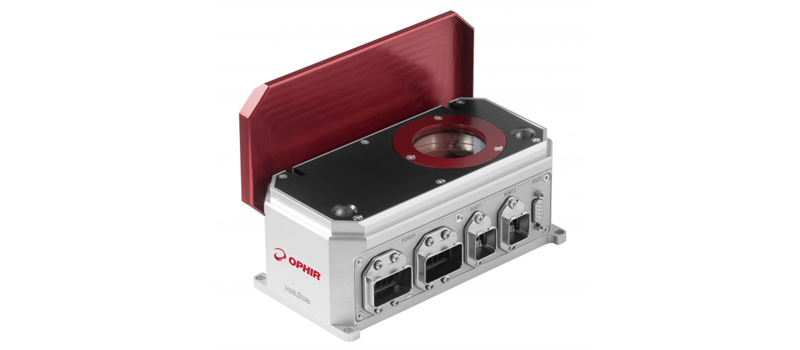
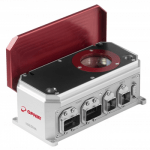
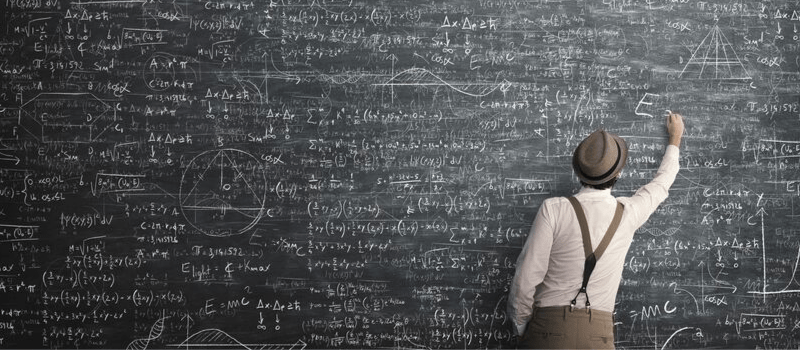

Leave a Reply
Your email address will not be published. Required fields are marked *